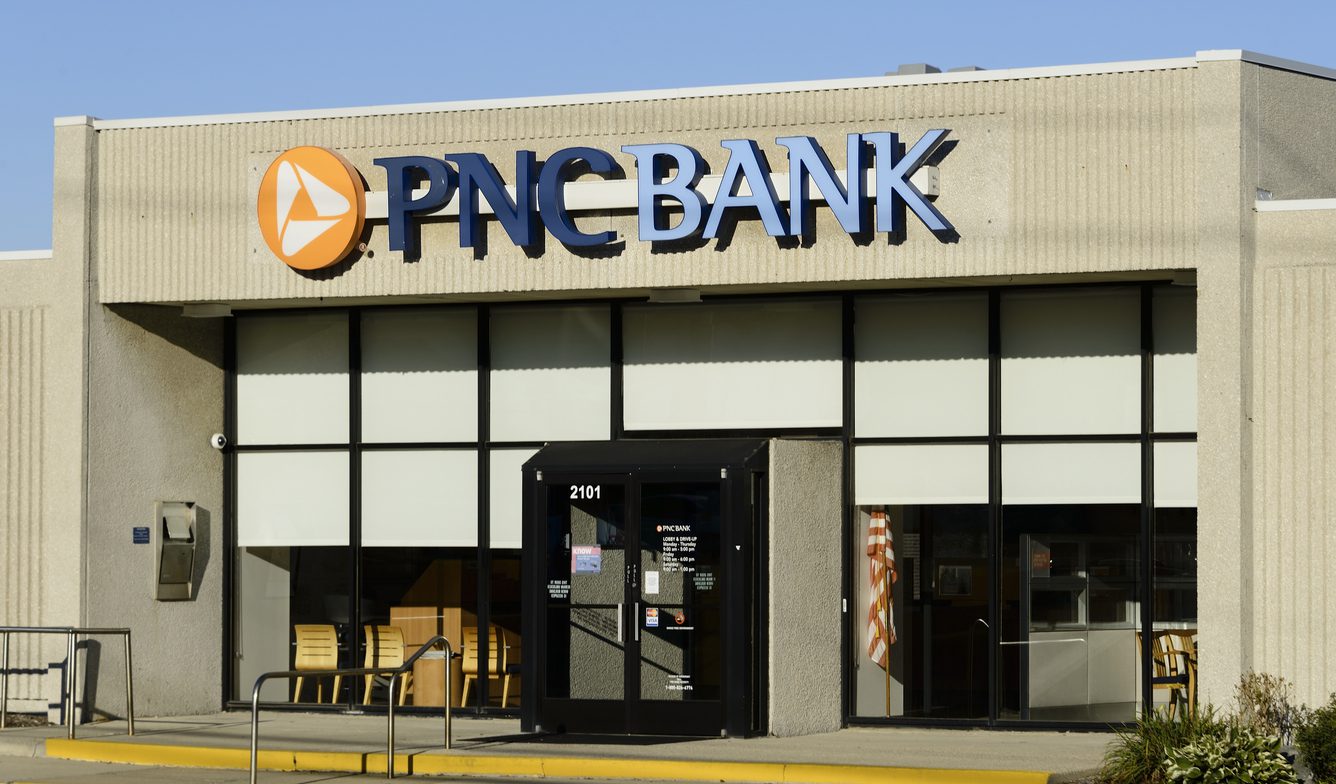Home>Finance>Security Deposit: Definition, Primary Purpose, And Example


Finance
Security Deposit: Definition, Primary Purpose, And Example
Published: January 26, 2024
Explore the definition, purpose, and example of security deposit for financial protection. Understand how it contributes to the realm of finance and safeguards transactions.
(Many of the links in this article redirect to a specific reviewed product. Your purchase of these products through affiliate links helps to generate commission for LiveWell, at no extra cost. Learn more)
Understanding Security Deposits: Your Guide to Financial Security
Are you planning to rent a new apartment or lease a commercial space? If so, you may have come across the term “security deposit.” But what exactly is a security deposit, and why is it important? In this article, we will provide a comprehensive overview of security deposits, their primary purpose, and provide a real-life example to help you better understand this financial concept.
Key Takeaways:
- A security deposit is a sum of money paid by a tenant or lessee to the landlord or lessor to protect against potential damage or unpaid rent.
- Security deposits are designed to provide financial security for the property owner while ensuring the tenant’s adherence to the lease agreement.
The Definition of a Security Deposit
A security deposit, also known as a damage deposit or rental deposit, is a designated amount of money paid by a tenant or lessee to the landlord or lessor before taking possession of a property. It serves as a form of protection for the property owner in case there is damage to the property or unpaid rent at the end of the lease term.
Security deposits are typically mentioned in the lease or rental agreement, specifying the amount to be paid and the conditions for its return. The purpose of this deposit is to give the property owner peace of mind while ensuring the tenant’s adherence to the terms of the lease agreement. It acts as a financial safeguard against any unexpected costs that may arise from potential damage or rental arrears.
The Primary Purpose of a Security Deposit
The primary purpose of a security deposit is to protect the property owner against financial losses caused by the tenant’s breach of the lease agreement. Here are a few key reasons why landlords or lessors require a security deposit:
- Compensation for Property Damage: A security deposit provides the property owner with a financial cushion to cover repair costs for any damages caused by the tenant during their stay. Whether it’s a broken window or a stained carpet, the security deposit helps the landlord restore the property to its original condition.
- Unpaid Rent: In the unfortunate event that a tenant fails to pay their rent, the security deposit can be used to cover the outstanding balance. Landlords may deduct any unpaid rent from the deposit, ensuring that they are not left with financial repercussions due to non-payment.
- Lease Violations: If a tenant violates any terms of the lease agreement, such as subletting without permission or keeping a pet in a no-pet property, the security deposit can be used as compensation for any resulting penalties or damages.
- Cleaning and Maintenance: When a tenant moves out, they are expected to leave the property clean and well-maintained. If this is not the case, the security deposit can be used to cover cleaning and maintenance expenses.
An Example to Clearly Illustrate the Concept
Let’s say you decide to rent an apartment for a year. The landlord requires a security deposit equal to one month’s rent, which amounts to $1000. You pay the security deposit upfront, along with your first month’s rent, before moving into the apartment.
During your lease term, you accidentally damage the kitchen countertop, causing a noticeable scratch. Additionally, you forget to pay the last month’s rent, leaving an outstanding balance of $1000. When you move out, the landlord inspects the property and deducts $200 from your security deposit to cover the repair cost of the countertop and the unpaid rent.
After settling all the outstanding fees, the landlord returns the remaining $800 of your security deposit, taking into account the damages and unpaid rent. This ensures that the landlord is compensated for the expenses incurred, while you receive the majority of your security deposit back once you fulfill your obligations as a tenant.
Conclusion
Security deposits serve as a safeguard for both landlords and tenants, providing financial security for property owners while ensuring that tenants adhere to the terms of the lease agreement. By understanding the purpose and function of security deposits, you can enter into rental agreements with confidence, knowing that your financial interests are protected.
Remember, when considering a security deposit, carefully read and review the terms outlined in the lease agreement, as it will govern the process of returning the deposit and any potential deductions. Always maintain open communication with your landlord or lessor to ensure a smooth and fair transaction throughout your tenancy.














